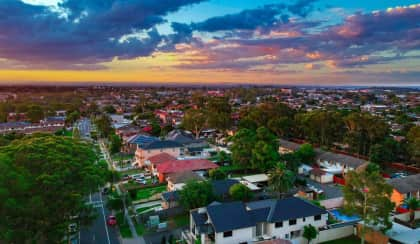One year later: Rate hikes leave their mark on housing data
The negative impact of the early wave of rate hikes is just beginning to bubble to the surface, according to the Housing Industry Association (HIA), warning the situation will only deteriorate further.

It has been over a year since the Reserve Bank of Australia (RBA) kicked off its rate rise cycle, but HIA’s chief economist Tim Reardon noted the impact of the early rate increases is “only just emerging in official data”.
Since May 2022, the Reserve Bank has doled out 12 rate hikes to address surging inflation. The central bank’s latest decision during the June policy meeting to increase the cash rate by another 25 basis points brought the cash rate to currently stand at 4.10 per cent, marking the highest cash rate in approximately 11 years.
Notably, the HIA has warned in recent months that there is a “long-lagged response” of Australian home buyers to the monetary policy tightening.
But now, Mr Reardon said the manifestation of the impacts of the rate hikes could be seen in the decline in leading housing indicators.
The economist said the current home-building activity already reflects rate increases a year ago. “This recent decision is going to see an ongoing slowdown in home building, while demand for new homes continues to grow,” he added.
Since the initial increase in the cash rate, HIA’s data showed new home sales have now fallen by almost 50 per cent.
Meanwhile, the number of loans issued for the purchase or construction of new homes fell to its lowest level since September 2008, while first home buyer loans declined to six-year lows.
The impact of the rate hike can also be seen in the dwelling approvals data, as detached house approvals are around the lowest level in a decade, while multi-unit approvals are barely a third of what they were at their 2016 peak.
And although the commencement of new homes has not yet slowed under the weight of the rapid rate rise cycle, Mr Reardon forecasts a downturn in activity will emerge in coming months.
“There was a large pool of work yet to commence construction in May 2022, which has obscured the adverse impact of rate rises to date. The lags in this cycle are significantly longer than previous cycles,” he stated.
While the impacts are starting to emerge, Mr Reardon said it would take a further 12 months for this slowdown to be apparent in work on the ground and the wider economy.
“This will see the number of homes commencing construction slow, as population growth accelerates,” he said.
Mr Reardon also predicts home building is set to decline as regulatory costs continue to add to the cost of new home construction. “If governments continue to make building new homes more expensive, fewer new homes will be built,” he stated.
HIA’s observations mirror the latest data from the Real Estate Institute of Australia (REIA), which showed housing affordability, rental affordability, and first home buyer activity are in sharp decline due to the rate hikes.
